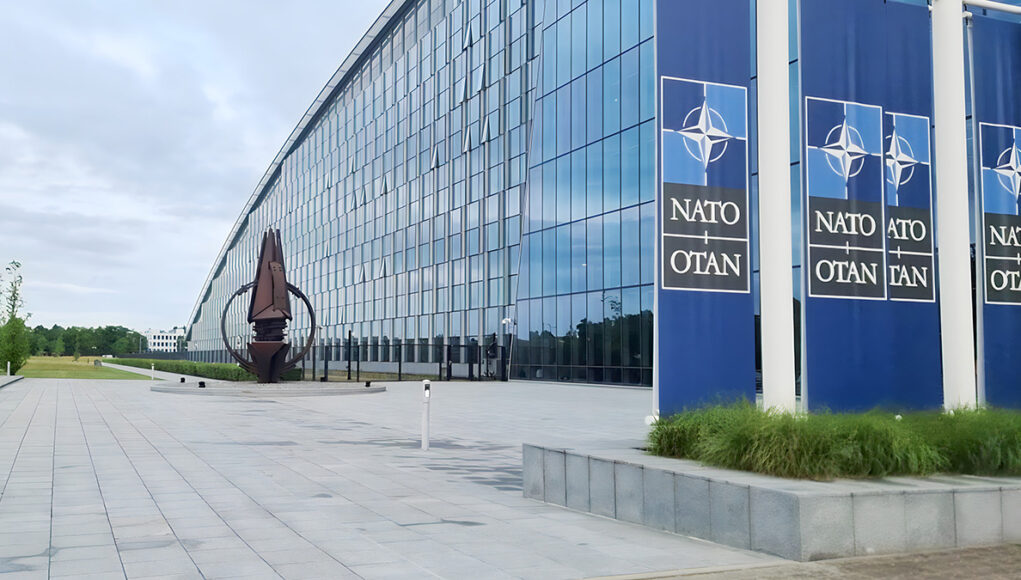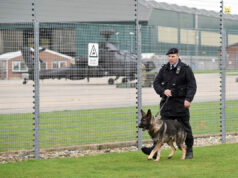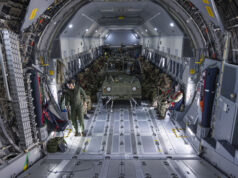Thirteen NATO Allies have agreed to begin work on a new shared virtual training capability designed to improve readiness and reduce costs across the Alliance, NATO announced on Wednesday.
The initiative, known as the Distributed Synthetic Training High Visibility Project, will connect and expand national simulation networks to create a secure multinational training environment.
The agreement was signed at NATO Headquarters in Brussels by Canada, Czechia, Denmark, Finland, France, Germany, Greece, Italy, the Netherlands, Norway, Spain, Türkiye and the United Kingdom.
According to NATO, the project aims to meet the growing demand for large-scale training in a cost-effective and flexible way by allowing forces to rehearse complex multinational and cross-domain operations through linked simulators and immersive virtual environments. Once operational, the network is expected to shorten planning timelines and make exercises more accessible while cutting the need for expensive live deployments.
At the signing ceremony, NATO Deputy Secretary General Radmila Shekerinska said the project would help ensure that “our troops are prepared for the dynamic and dangerous environment that we find ourselves in” and that it would strengthen the Alliance’s overall warfighting readiness.
Participating nations will work with the NATO Support and Procurement Agency to implement the new system, including establishing a digital marketplace to align national training needs with available resources. NATO stated that the project is also open to participation from Indo-Pacific partners.













